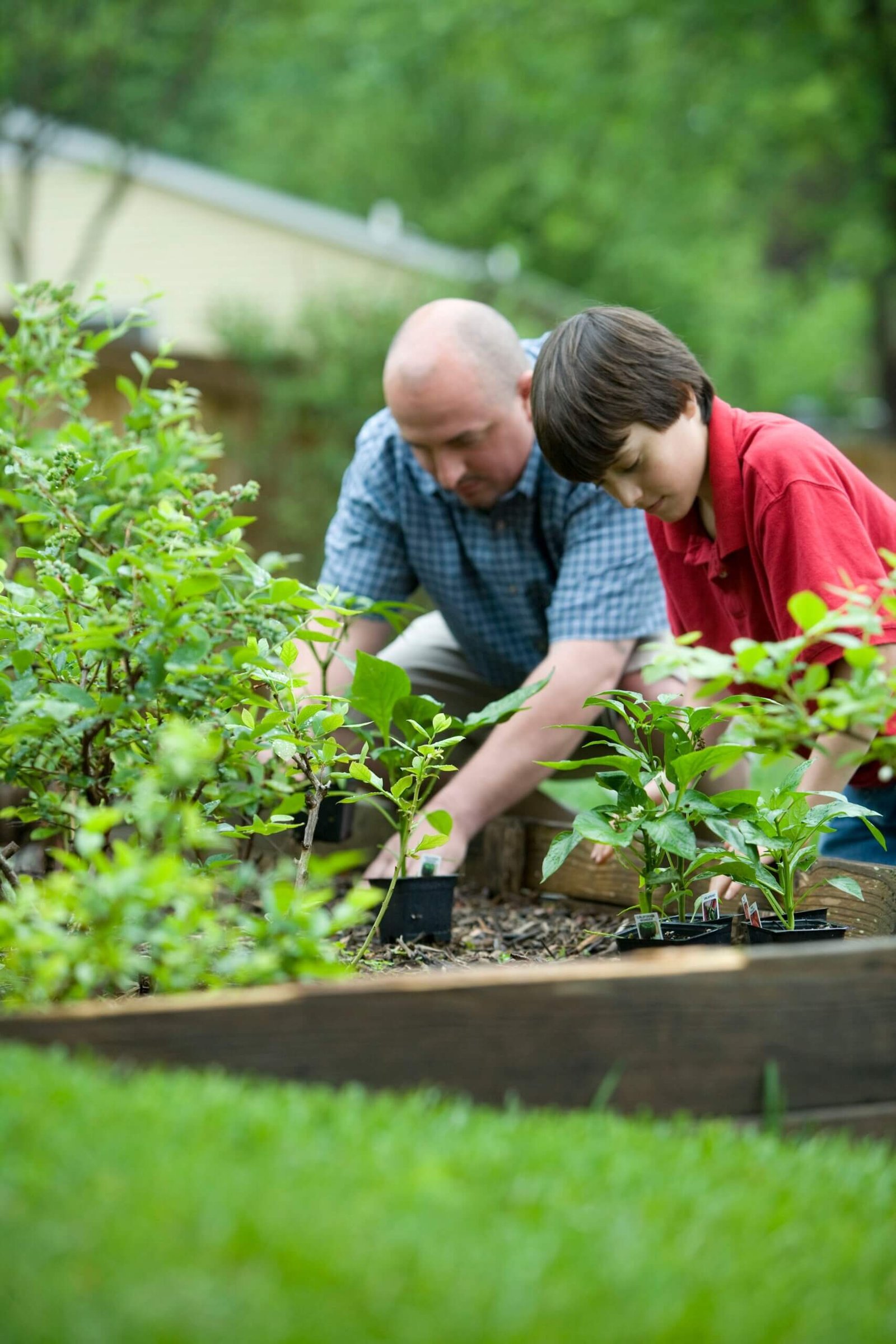Maintaining a garden may seem like a daunting task, but with the right knowledge and tools, it can become a rewarding and therapeutic hobby. From regular watering and fertilizing to pruning and pest control, there are several essential tasks that ensure the health and vibrancy of your garden. So, whether you’re a seasoned gardener or just starting out, this article will guide you through the key requirements for maintaining a thriving garden. Maintaining a garden requires several essential tasks to ensure the health and beauty of your plants. From watering to pruning, fertilizing to pest control, there are many aspects to consider when it comes to garden maintenance. In this comprehensive article, we will guide you through each step, providing you with valuable information and tips to help you maintain a thriving garden.
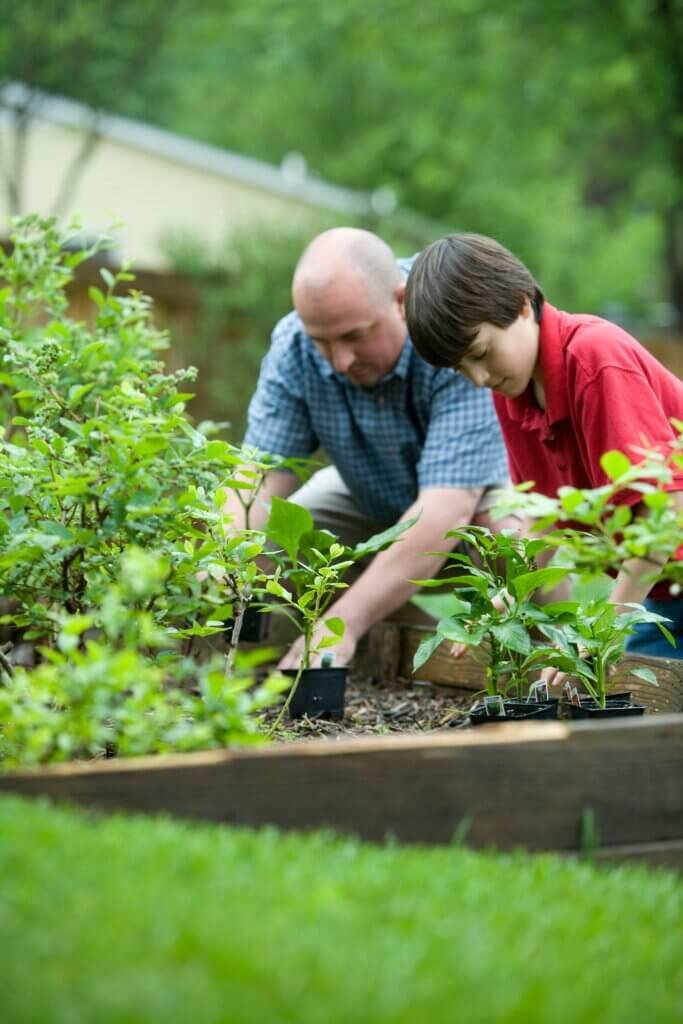
Watering
Frequency
Watering frequency is crucial for the well-being of your plants. As a general rule, most plants require watering once or twice a week, depending on the weather and soil conditions. However, it’s important to consider the specific needs of each plant, as some may require more frequent watering, while others are more drought-tolerant. Regularly monitor the moisture levels in the soil to determine when it’s time to water.
Timing
Timing is key when it comes to watering your garden. The best time to water your plants is in the early morning or late evening when temperatures are cooler, allowing the water to penetrate the soil and hydrate the roots effectively. Avoid watering during the hottest part of the day, as the water can evaporate quickly and potentially harm the plants.
Methods
There are several methods you can employ to water your garden effectively. The most common methods include hand watering with a watering can or hose, using a sprinkler system, or installing drip irrigation. Each method has its advantages and disadvantages, so choose the one that suits your garden’s needs and your personal preferences. Just make sure to water the plants thoroughly, ensuring the water reaches the root zone.
Weeding
Identification
Weeding is an essential part of garden maintenance as it helps prevent weeds from competing with your plants for nutrients and sunlight. To effectively weed your garden, you must be able to identify different weed species. Common weeds include dandelions, crabgrass, and bindweed. Take time to familiarize yourself with these plants, their characteristics, and growth habits to effectively combat them.
Removal Techniques
To remove weeds from your garden, you have several options. Hand-pulling is the most common method, especially for smaller areas. Use a garden trowel or your hands to carefully remove the weed, ensuring you remove the roots as well. For larger areas or persistent weed problems, consider using a hoe to cut the weeds at the soil level. Additionally, organic weed control options such as mulch and herbicidal soaps can be effective.
Preventive Measures
Preventing weeds from sprouting is an important aspect of garden maintenance. There are several preventive measures you can take to minimize weed growth. Applying mulch to the soil surface helps to suppress weed germination and growth by blocking sunlight. Regularly cultivating the soil and removing weed seedlings before they establish themselves is also crucial. Additionally, using weed barriers or landscape fabric can be effective in preventing weed growth in specific areas.
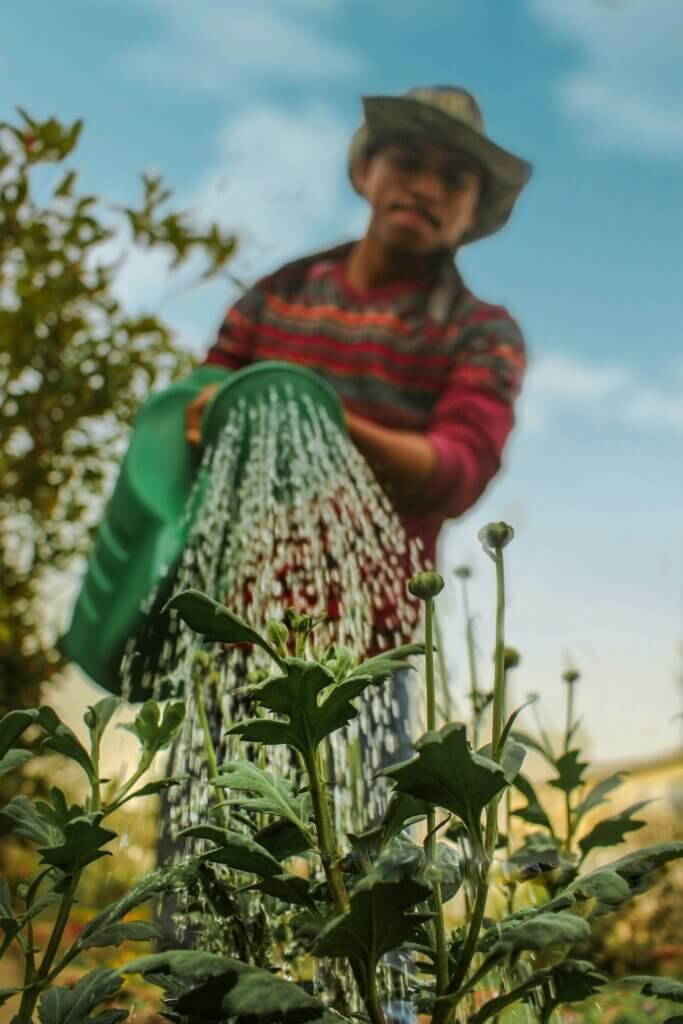
Pruning
Purpose
Pruning is a vital maintenance task that promotes healthy growth and improves the overall appearance of your plants. The primary purpose of pruning is to remove dead, damaged, or diseased branches, allowing the plant to allocate resources to healthier areas. Pruning also helps shape the plant, promotes better airflow, and can stimulate new growth.
Timing
Timing is crucial when it comes to pruning. Most deciduous plants and trees are best pruned during their dormant season, typically in late winter or early spring when they are not actively growing. On the other hand, flowering shrubs should be pruned after they have finished blooming, as pruning during the blooming period may result in the removal of flower buds. Evergreen plants can generally be pruned throughout the year, but it’s best to avoid pruning during extreme weather conditions.
Tools
Having the right tools is essential for effective pruning. A quality pair of bypass pruners is a must-have for cutting small branches, while loppers are ideal for thicker branches. For larger trees, a pruning saw or pole pruners may be necessary. Additionally, make sure to keep your tools clean and sharp to prevent the spread of diseases between plants.
Fertilizing
Types of Fertilizers
Fertilizers provide essential nutrients to your plants, promoting healthy growth and vibrant blooms. There are two primary types of fertilizers: organic and synthetic. Organic fertilizers, such as compost or manure, are derived from natural sources. They release nutrients slowly, contributing to the long-term health of the soil. Synthetic fertilizers, on the other hand, are manufactured and provide a quick nutrient boost to the plants. Consider using a combination of both types for optimal results.
Application Techniques
Proper application of fertilizers is crucial to avoid over or under-fertilization. Follow the instructions on the fertilizer packaging to determine the appropriate amount to apply. Generally, it’s best to apply fertilizers evenly around the plants, avoiding direct contact with the stems or leaves. Water the plants thoroughly after application, allowing the fertilizer to penetrate the soil and reach the root zone effectively.
Frequency
The frequency of fertilization depends on the specific needs of your plants and the type of fertilizer used. Some plants require more frequent fertilization, while others may not require any additional nutrients. As a general guideline, it’s best to fertilize your garden once or twice a year, providing a slow-release fertilizer during the growing season and a winterizer in late fall to prepare the plants for the colder months.
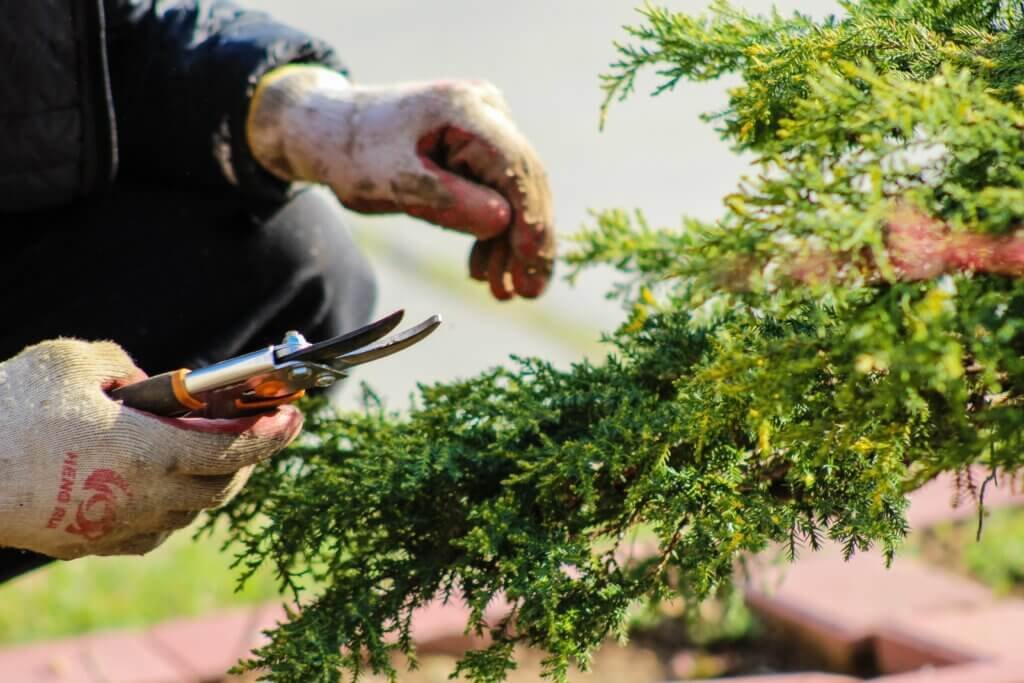
Mulching
Benefits
Mulching offers numerous benefits for your garden. It helps conserve moisture in the soil, reducing the need for frequent watering. Mulch also acts as an insulating layer, protecting plant roots from extreme temperatures. Additionally, mulch suppresses weed growth, preventing them from competing with your plants for nutrients and sunlight. It can also enhance the visual appeal of your garden, providing a neat and finished look.
Materials
Various materials can be used as mulch in your garden. Organic options include straw, wood chips, shredded bark, or compost. These materials gradually break down, enriching the soil with organic matter. Inorganic mulch options include gravel, pebbles, or landscape fabric. These materials are longer-lasting but do not contribute to soil fertility. Choose the type of mulch that suits your garden’s needs and aesthetic preferences.
Application
Applying mulch is a straightforward process. Start by removing any existing weeds or debris from the area. Apply a layer of mulch around the plants, ensuring it covers the soil surface evenly. Avoid piling mulch against the plant stems, as this can promote rot and other diseases. Maintain a thickness of 2-3 inches for optimal results. Replenish the mulch as needed, especially as it naturally decomposes over time.
Pest Control
Identification
Identifying pests is essential to effectively control them in your garden. Common garden pests include aphids, slugs, snails, and caterpillars. Look for signs such as chewed leaves, holes in the foliage, or sticky residue to determine the presence of pests. Regularly inspect your plants for any signs of damage or infestation to take timely action.
Preventive Measures
Preventing pest infestations is the first line of defense in garden maintenance. Several preventive measures can be taken, such as maintaining proper plant health through watering and fertilization, promoting biodiversity in your garden to attract beneficial insects, and practicing good hygiene by removing dead leaves and plant debris. Additionally, using physical barriers, such as row covers or netting, can help protect your plants from pests.
Treatment Options
If pests do infest your garden, various treatment options are available. Organic methods include handpicking pests, using insecticidal soaps or natural repellents, and introducing beneficial insects like ladybugs or praying mantises. In severe cases, chemical pesticides may be necessary. Ensure you carefully read and follow the instructions on the pesticide packaging, taking necessary precautions to protect yourself, other beneficial insects, and the environment.
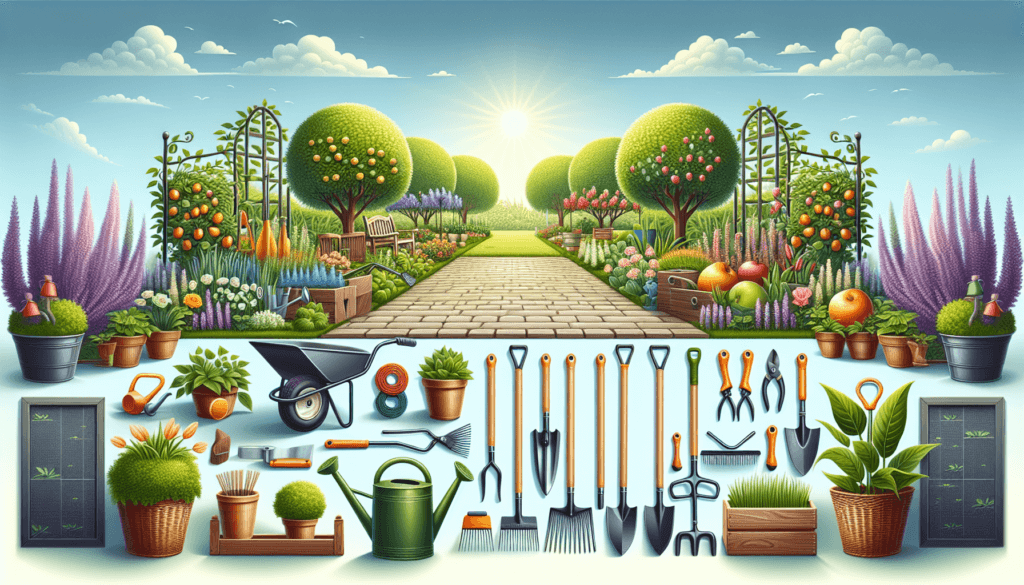
Planting
Site Selection
Choosing the right site for your plants is crucial for their growth and survival. Consider factors such as sunlight exposure, soil conditions, and access to water. Most plants require at least six hours of direct sunlight per day, so select a location that provides adequate light. Additionally, ensure the soil is well-draining and suitable for the specific plants you intend to grow.
Soil Preparation
Proper soil preparation is key to providing a healthy environment for your plants. Start by removing any weeds or debris from the area. Loosen the soil using a garden fork or tiller to improve aeration and drainage. Incorporate organic matter, such as compost or well-rotted manure, to enrich the soil and improve its fertility. Finally, level the soil and remove any large rocks or clumps before planting your desired plants.
Spacing
Proper spacing is essential to allow plants to grow and access essential resources. Each plant has specific spacing requirements, depending on its mature size. Pay attention to the plant’s label or research its spacing needs to ensure adequate room for growth. Overcrowding can lead to poor airflow, increased disease susceptibility, and competition for nutrients and sunlight. Take the time to plan and measure the spacing between your plants before planting.
Sunlight
Requirements for Different Plants
Different plants have varying requirements when it comes to sunlight. Some plants, like tomatoes or roses, thrive in full sun, requiring at least six hours of direct sunlight per day. On the other hand, shade-loving plants, such as ferns or hostas, prefer dappled or partial shade. Research the specific sunlight requirements for each plant in your garden and choose appropriate locations based on their needs.
Placement of Plants
Strategic placement of plants can help them receive the right amount of sunlight. Identify areas in your garden where sunlight is abundant and position sun-loving plants accordingly. Additionally, consider creating shade or using shade cloth for plants that prefer partial shade. It’s important to regularly evaluate the sunlight patterns in your garden and adjust the placement of your plants as necessary.
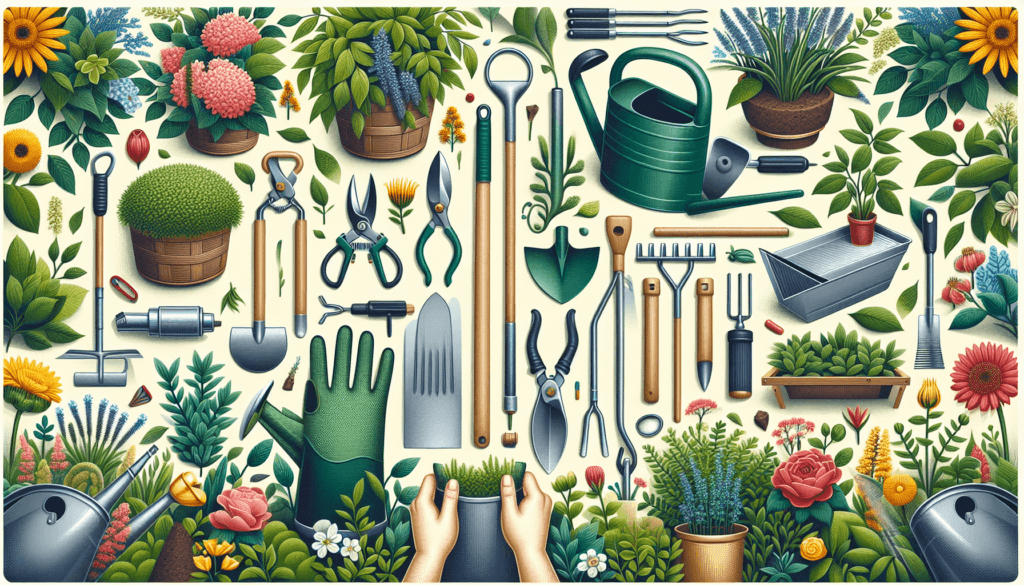
Temperature
Effects on Plants
Temperature plays a significant role in plant growth and development. Extreme temperatures, whether hot or cold, can have adverse effects on your plants. Heat stress can cause wilting, increased water demand, and leaf scorch, while cold temperatures can lead to frost damage or even death. Understanding the temperature requirements and tolerances of your plants is crucial in providing the necessary protection and care.
Protective Measures
Taking protective measures can help safeguard your plants from extreme temperatures. During hot summer months, provide shade using umbrellas, shade cloth, or erecting temporary structures. Use mulch to insulate the soil and reduce evaporation. In colder weather, consider using frost blankets, providing windbreaks, or moving potted plants indoors or to sheltered areas. Regularly monitor weather forecasts to anticipate temperature fluctuations and take appropriate action.
Garden Cleanup
Removing Debris
Regularly removing debris from your garden is an important cleanup task. Fallen leaves, twigs, and other organic matter can provide a breeding ground for pests and diseases. Remove them promptly to maintain a healthy garden environment. Use a rake or leaf blower to gather the debris and dispose of it appropriately. Consider composting the organic material to generate valuable compost for your garden.
Pruning
Pruning is not only essential for plant health but also plays a role in garden cleanup. As part of your cleanup routine, remove any dead or diseased branches, as well as any crossing or overcrowded branches. This will not only improve the appearance of your plants but also reduce pest and disease issues. Proper pruning techniques help maintain the overall shape and structure of your plants.
Preparing for Winter
As the seasons change and winter approaches, it’s important to prepare your garden for the colder months. Clean up any remaining debris, ensuring no diseased or pest-infested materials are left. Apply a thick layer of mulch around the base of susceptible plants to insulate the roots. Consider protecting sensitive plants with frost blankets or wrapping them with burlap. Drain and store garden hoses and irrigation systems to prevent freezing and damage.
Maintaining a garden requires time, effort, and attention to detail. By following the guidelines and tips provided for watering, weeding, pruning, fertilizing, mulching, pest control, planting, sunlight, temperature, and garden cleanup, you can ensure the health and beauty of your garden throughout the year. Remember to observe your plants regularly, make adjustments as needed, and enjoy the rewards of a thriving and well-maintained garden. Happy gardening!
Total word count: WordPress: 2605 words

